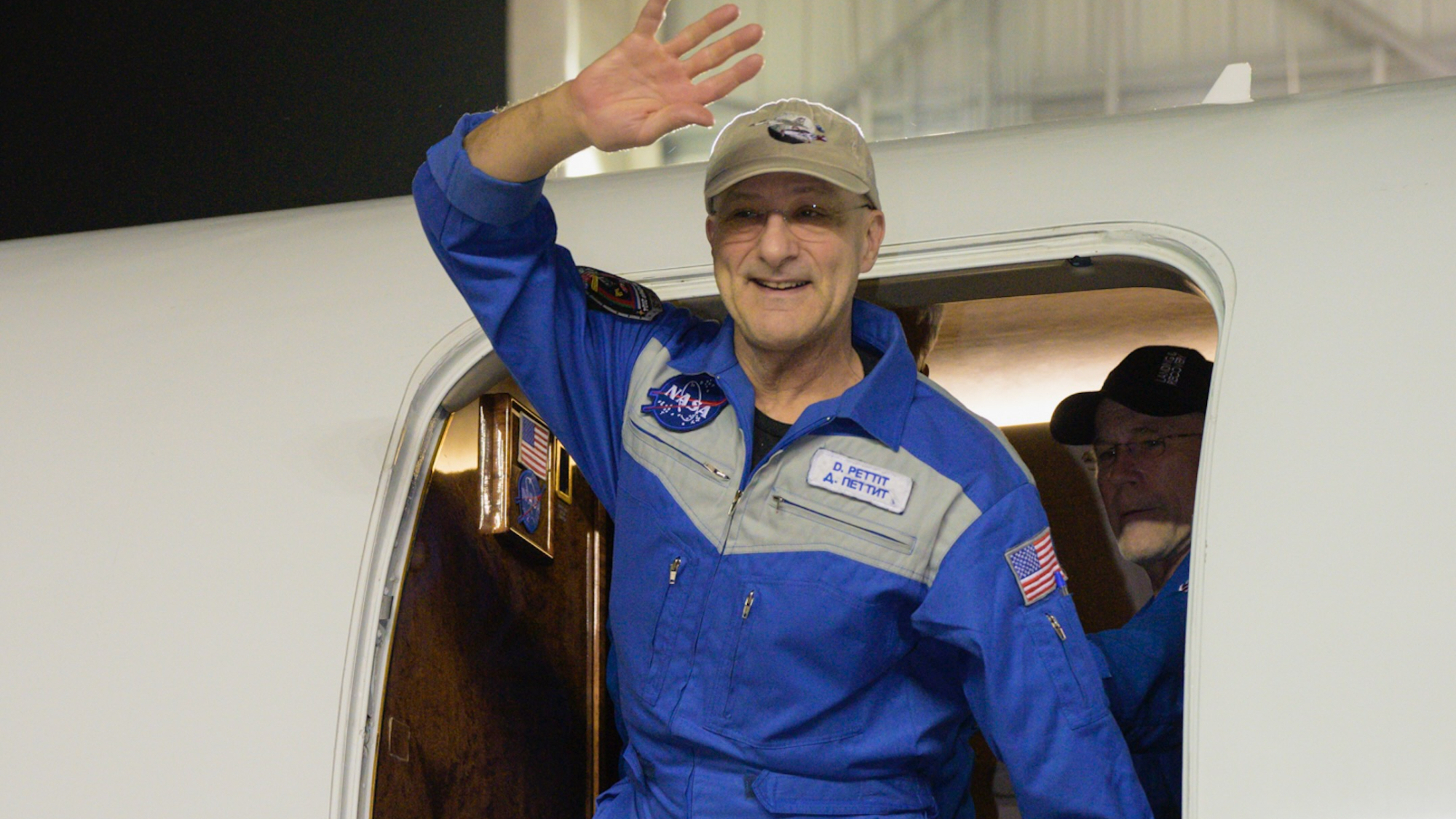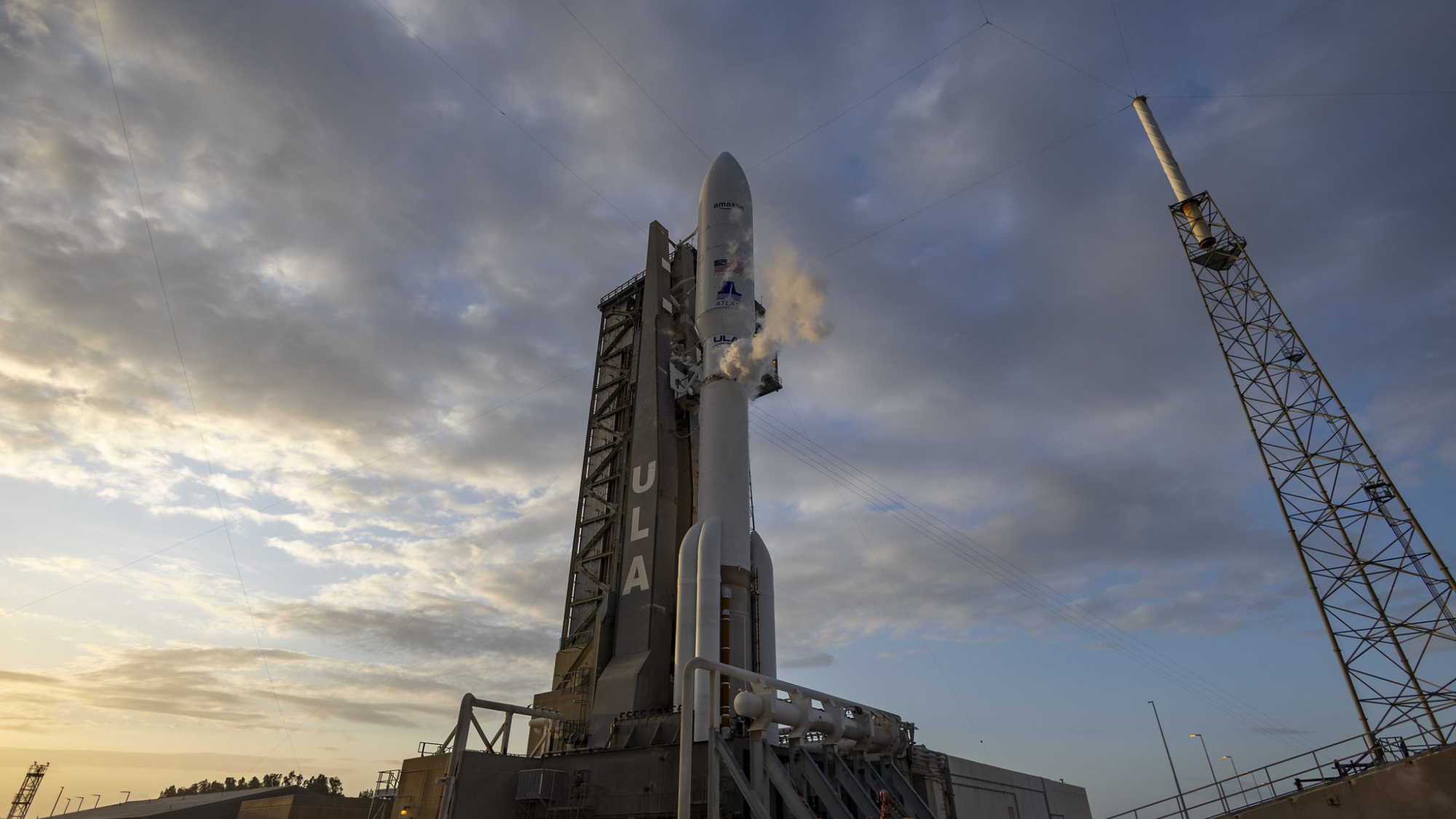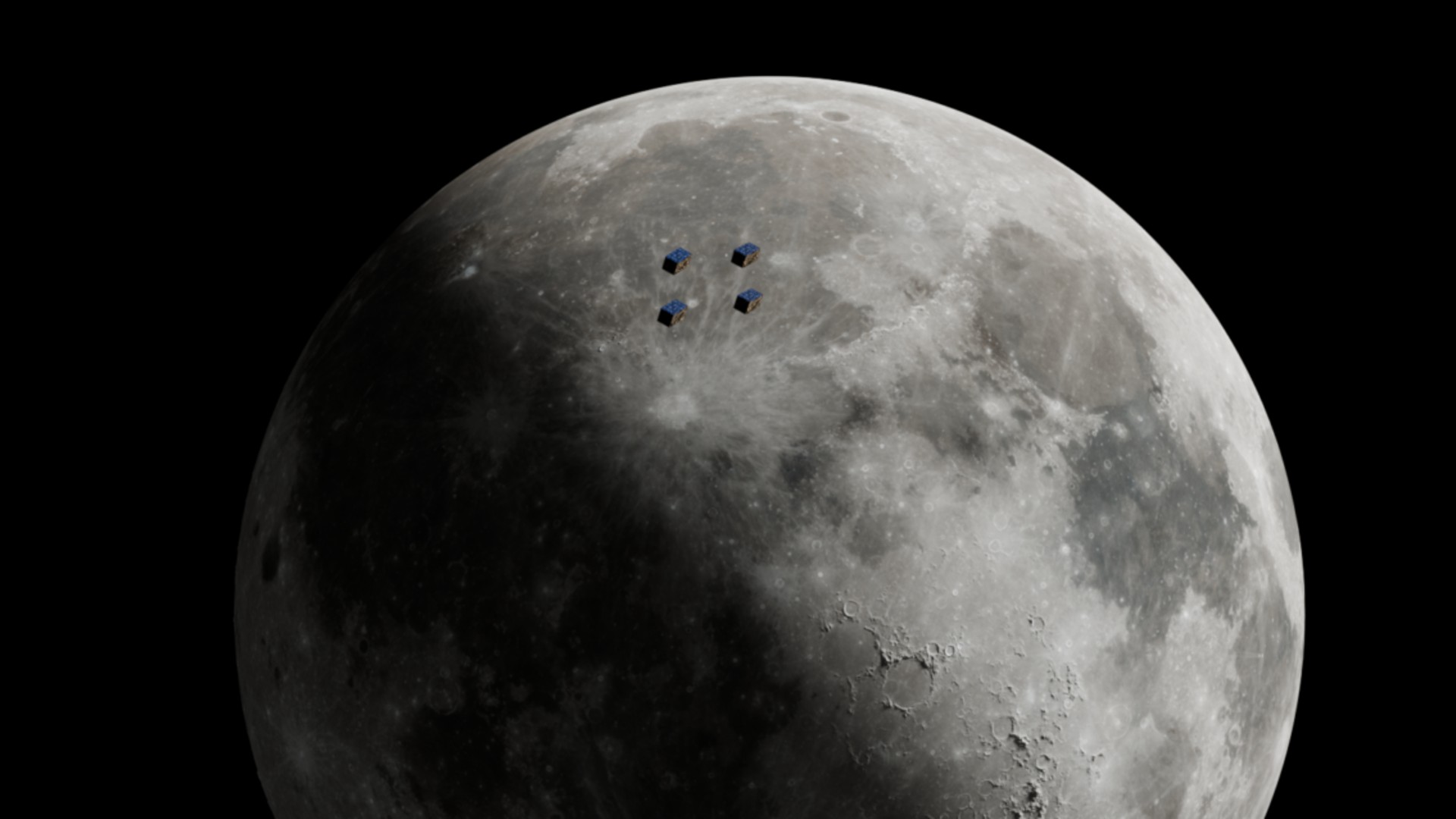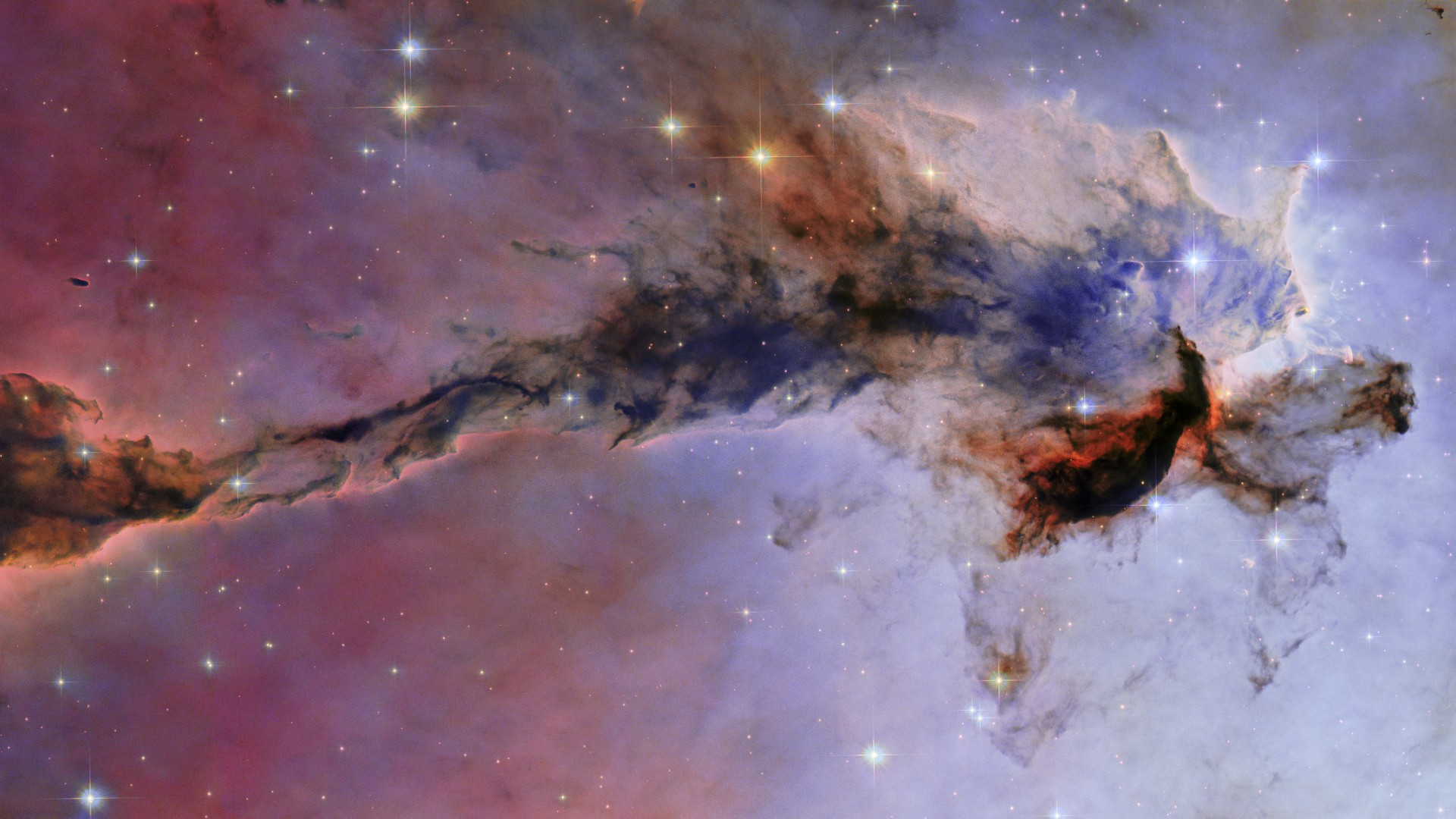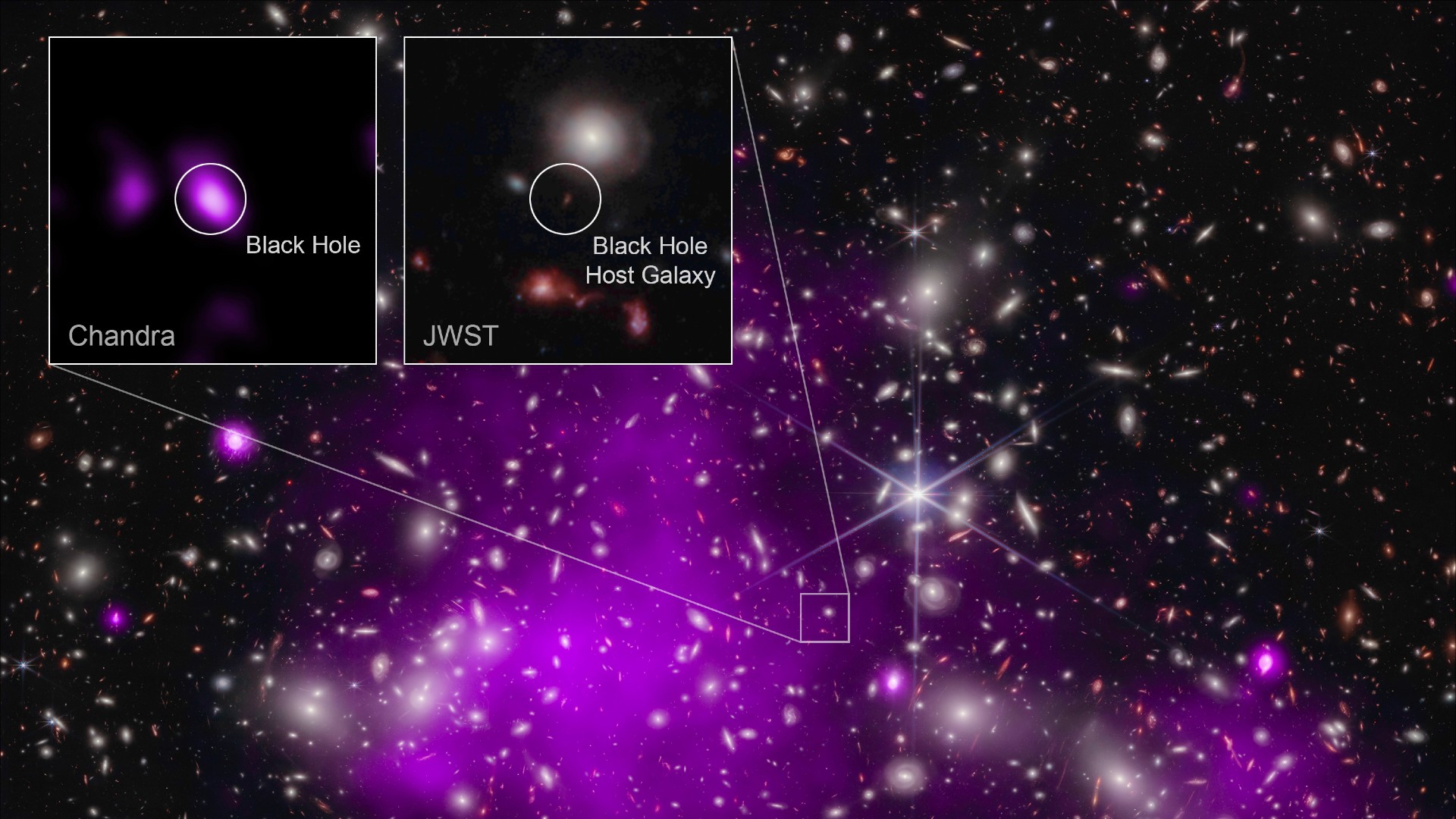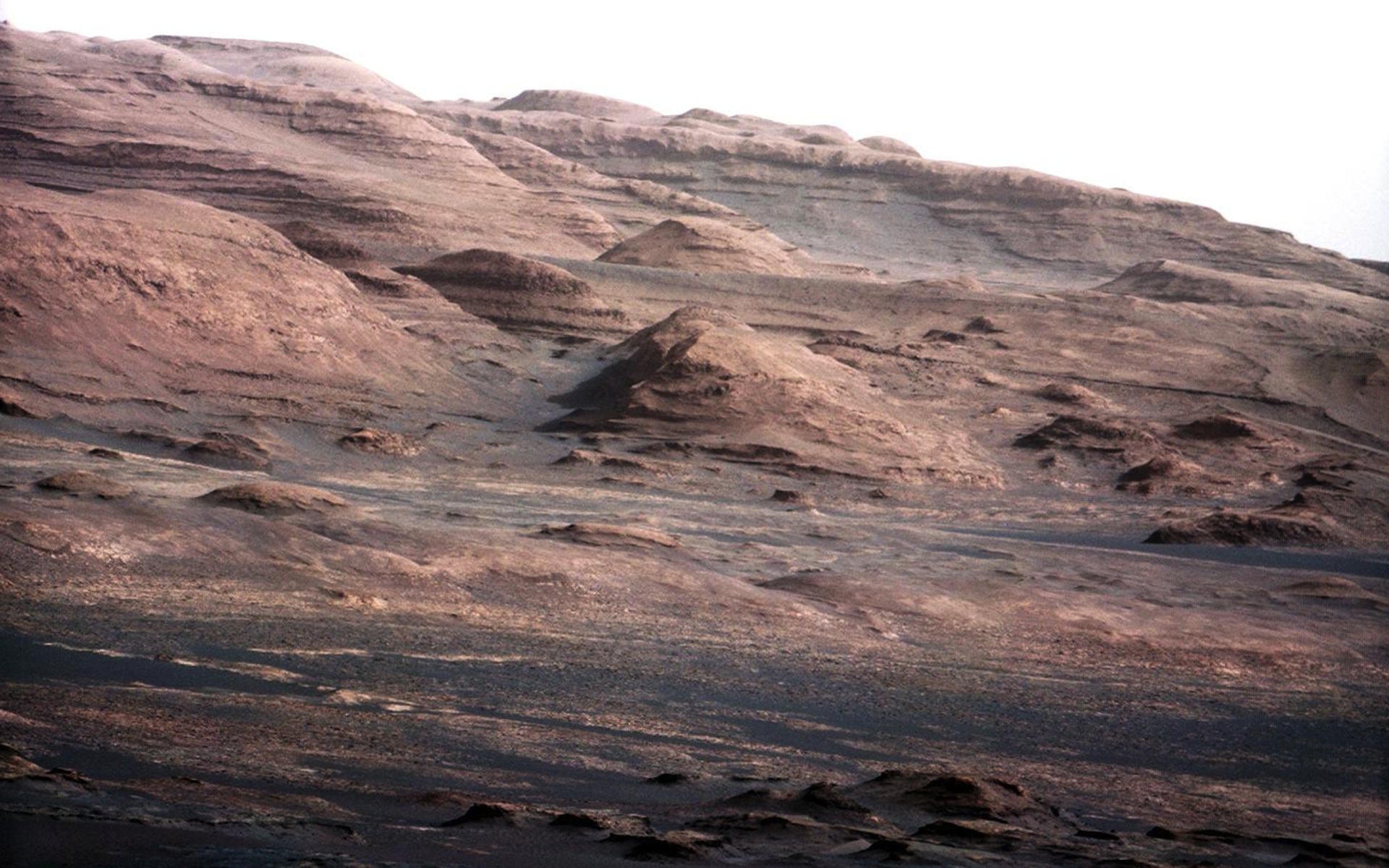
The auroras were pretty special on Thursday night (Oct. 10) — especially if you got to see them from orbit.
NASA astronauts Don Pettit and Matthew Dominick are in that very exclusive club, getting a bird's-eye view of the amazing auroral displays — which were supercharged by a recent solar storm — from the International Space Station (ISS). And the sight took the spaceflyers aback.
"Stunning was the word," Pettit wrote in a lengthy post on X on Friday (Oct. 11) that shared a photo of the celestial light show. "The sun goes burp and the atmosphere turns red. Spectacular not only from Earth but from orbit as well."
The sun goes burp and the atmosphere turns red. Spectacular not only from Earth but from orbit as well. This event caught both @dominickmatthew and I off guard. Aurora had been just so-so; we were out of energy at the end of a long day and reluctant to once again set up our… pic.twitter.com/gL6rjUiHJQOctober 11, 2024
The auroras were especially dramatic overnight on Thursday thanks to a strong geomagnetic storm, which was triggered by the arrival of a huge cloud of solar plasma rocketed into space by a coronal mass ejection (CME).
Related: 'It was 3 hours of magic': Spectacular auroras thrill stargazers (photos)
In his Friday X post, Pettit said he and Dominick didn't expect to be so dazzled.
"This event caught both @dominickmatthew and I off guard. Aurora had been just so-so; we were out of energy at the end of a long day and reluctant to once again set up our cameras up for yet another 'no show.' We were just heading to some much-needed sleep when we made the mistake of peeking out the Cupola windows," Pettit wrote.
Get the Space.com Newsletter
Breaking space news, the latest updates on rocket launches, skywatching events and more!
What they saw jarred them into action.
"It looked like @Space_Station had been shrunk to some miniature dimension and inserted into a neon sign. We were not flying 𝘢𝘣𝘰𝘷𝘦 the aurora; we were flying 𝘪𝘯 the aurora. And it was blood red," he added. "Caught off guard, we hastily set up our cameras, four of them, all snapping shutters as fast as they could, creating a syncopated rhythm that accented Nature's artistic display presented before us."
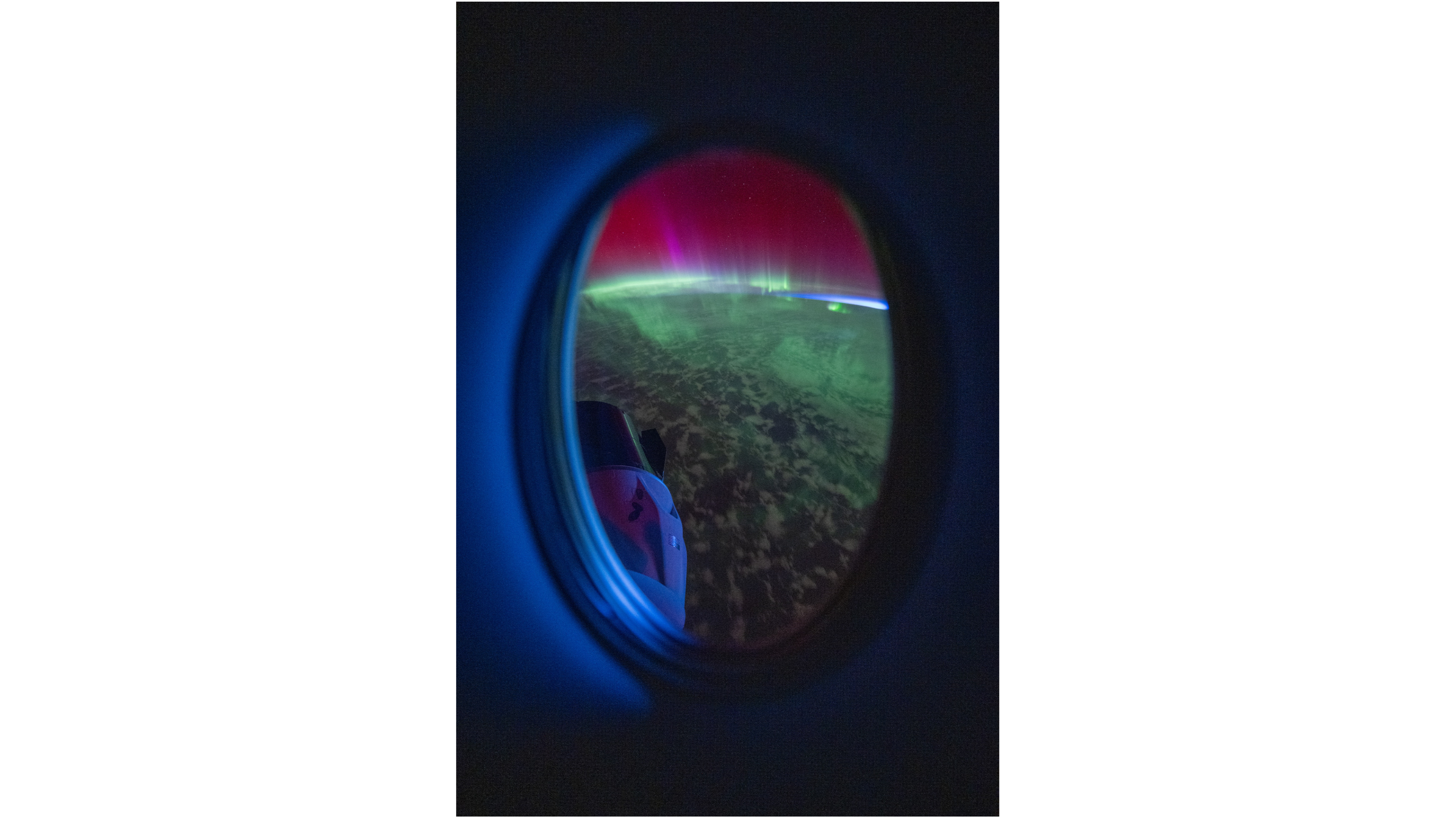
As that post notes, both Pettit and Dominick are practiced orbital photographers; both routinely share stunning shots of the northern lights and other sights on Earth with us via social media.
For example, Dominick recently gave us dramatic views of Hurricane Milton churning toward its Florida landfall, which occurred on Wednesday evening (Oct. 9). Those shots were taken through the window of the Crew Dragon capsule Endeavour, which Dominick and the three other members of SpaceX's Crew-8 mission will soon ride back down to Earth. (Endeavour is scheduled to undock this Sunday, Oct. 13).
Dominick also shared an aurora shot through Endeavour's window on X this week. "I now sleep in Dragon Endeavor while we wait to undock. We take most of our images from the cupola, but sleeping here has been amazing. This is the view out the window this evening," he wrote in the post.
Pettit will remain on the ISS for a while yet; he arrived with two cosmonauts aboard a Russian Soyuz spacecraft last month.
Join our Space Forums to keep talking space on the latest missions, night sky and more! And if you have a news tip, correction or comment, let us know at: community@space.com.

Michael Wall is a Senior Space Writer with Space.com and joined the team in 2010. He primarily covers exoplanets, spaceflight and military space, but has been known to dabble in the space art beat. His book about the search for alien life, "Out There," was published on Nov. 13, 2018. Before becoming a science writer, Michael worked as a herpetologist and wildlife biologist. He has a Ph.D. in evolutionary biology from the University of Sydney, Australia, a bachelor's degree from the University of Arizona, and a graduate certificate in science writing from the University of California, Santa Cruz. To find out what his latest project is, you can follow Michael on Twitter.

